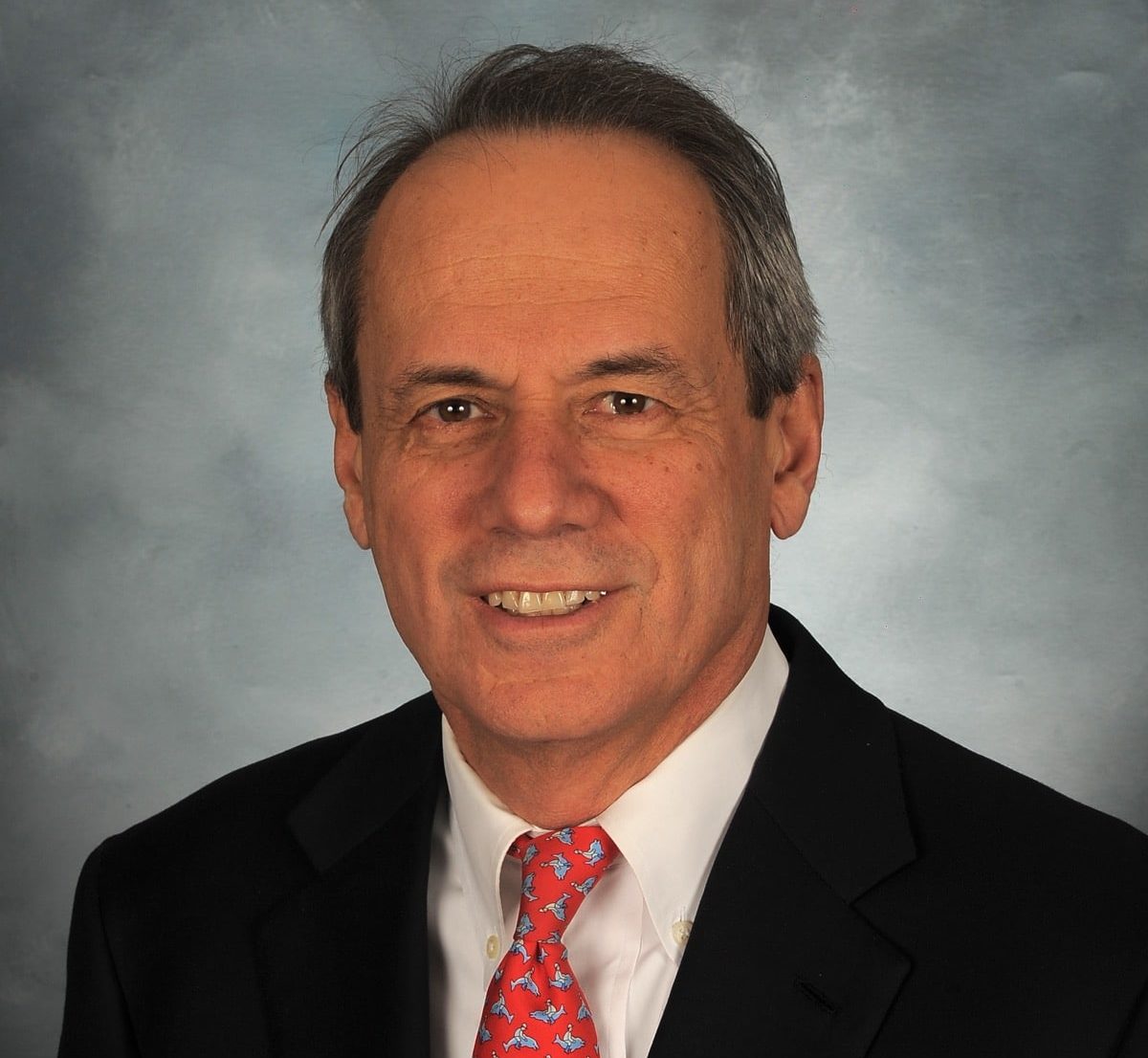
May 31, 2017 – Larry Lucchino is among the most influential executives in major-league history, but he himself describes his entry into the world of baseball as fortuitous. A star high school athlete in Pittsburgh, Lucchino was a reserve guard on the Princeton basketball team that Bill Bradley led to the 1965 Final Four. Then, with a law degree from Yale in hand, he went to work for famed attorney Edward Bennett Williams, who became the owner of the Baltimore Orioles in 1979. After impressing Williams with his legal work for the Orioles, Lucchino served as the franchise’s vice president and then president from 1979 to 1993.
Inspired by his memories of Forbes Field in Pittsburgh, Lucchino was the primary force behind the construction of Oriole Park at Camden Yards, a retro ballpark that bucked the long-standing trend of symmetrical, multipurpose baseball stadiums and inspired a return to traditional ballpark design throughout Major League Baseball.
Then, as president and CEO of the San Diego Padres between 1995 and 2001, Lucchino oversaw the building of Petco Park, which spurred the revitalization of downtown San Diego.
In 2001 Lucchino became president and CEO of the Red Sox as part of the ownership group that would end the “Curse of the Bambino” in 2004 by bringing a World Series title to Boston for the first time in 86 years, followed by two more in 2007 and 2013. Lucchino also directed the $200 million renovation of Fenway Park. In 2015 he became President/CEO Emeritus of the Red Sox and the following year was inducted into the Red Sox Hall of Fame.
But Lucchino was not finished building new ballparks. As chairman and principal owner of the Red Sox Triple A affiliate in Pawtucket, RI, he moved the franchise to Worcester, MA, where, working with ballpark architect Janet Marie Smith, as he had in his previous projects, he oversaw the construction of Polar Park, which opened in 2021.
In addition to his four World Series rings (including one with the 1983 Orioles), he also has a Super Bowl ring from the 1983 Redskins, and a Final Four watch. But his most lasting legacy is his role as the visionary facilitator who brought back the charm of the fan-friendly urban ballpark while augmenting it with modern amenities.
